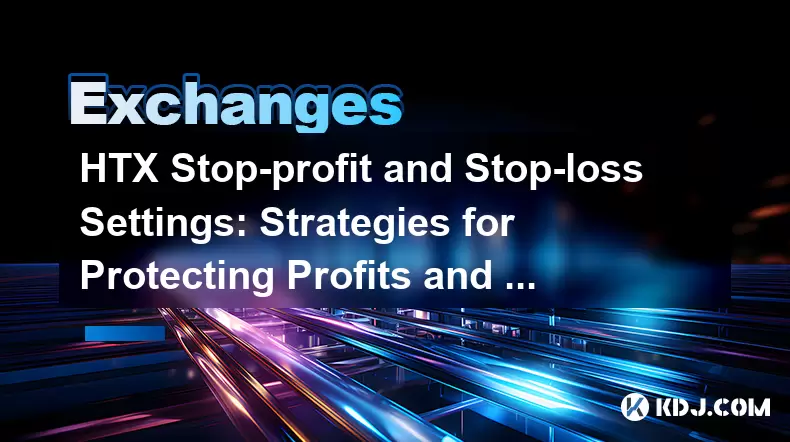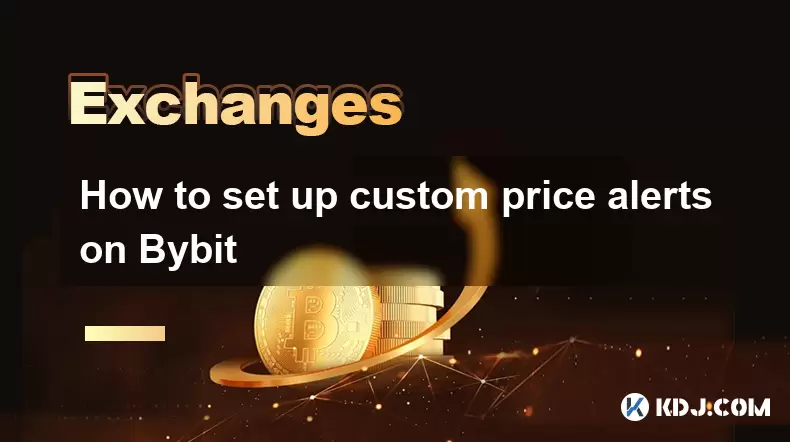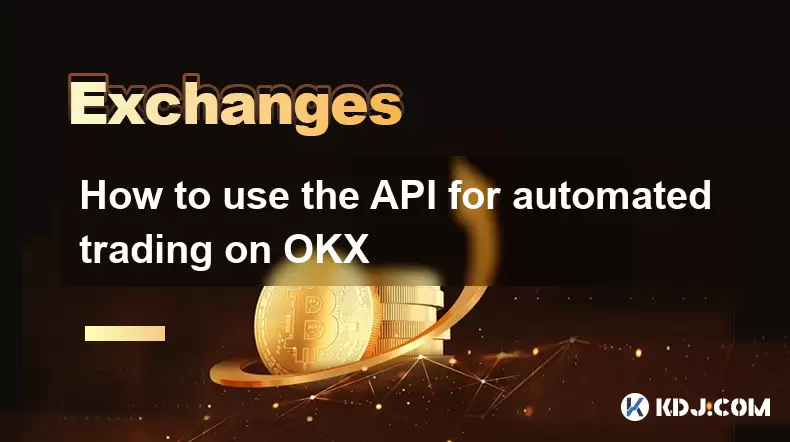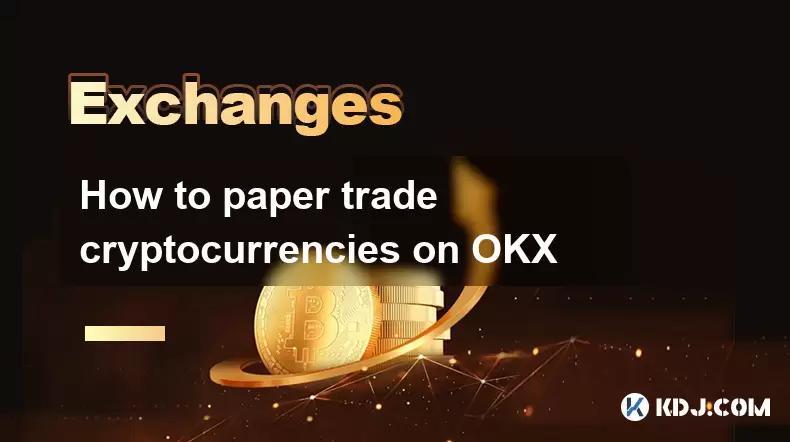-
 Bitcoin
Bitcoin $116500
1.98% -
 Ethereum
Ethereum $3851
6.94% -
 XRP
XRP $3.070
3.95% -
 Tether USDt
Tether USDt $1.000
0.04% -
 BNB
BNB $774.7
1.77% -
 Solana
Solana $171.9
4.66% -
 USDC
USDC $1.000
0.01% -
 Dogecoin
Dogecoin $0.2142
6.71% -
 TRON
TRON $0.3387
1.28% -
 Cardano
Cardano $0.7678
5.61% -
 Sui
Sui $3.747
9.68% -
 Hyperliquid
Hyperliquid $39.16
3.69% -
 Stellar
Stellar $0.4157
6.28% -
 Chainlink
Chainlink $17.93
9.21% -
 Bitcoin Cash
Bitcoin Cash $578.1
3.28% -
 Hedera
Hedera $0.2531
5.60% -
 Ethena USDe
Ethena USDe $1.001
-0.02% -
 Avalanche
Avalanche $22.75
3.82% -
 Litecoin
Litecoin $120.1
3.76% -
 UNUS SED LEO
UNUS SED LEO $8.953
-0.37% -
 Toncoin
Toncoin $3.323
4.76% -
 Shiba Inu
Shiba Inu $0.00001266
4.22% -
 Uniswap
Uniswap $10.13
7.08% -
 Polkadot
Polkadot $3.786
5.09% -
 Dai
Dai $1.000
-0.02% -
 Monero
Monero $273.0
-5.03% -
 Bitget Token
Bitget Token $4.391
1.62% -
 Cronos
Cronos $0.1480
5.45% -
 Pepe
Pepe $0.00001091
5.80% -
 Ethena
Ethena $0.6314
11.93%
HTX Stop-profit and Stop-loss Settings: Strategies for Protecting Profits and Reducing Risks
HTX offers stop-profit and stop-loss orders to help traders manage risk; set them strategically using technical analysis and market trends for optimal results.
May 28, 2025 at 04:28 am

HTX, formerly known as Huobi, is a leading cryptocurrency exchange that provides a variety of trading tools to help users manage their investments effectively. One of the most crucial tools for any trader is the ability to set stop-profit and stop-loss orders. These tools are essential for protecting profits and reducing risks in the volatile world of cryptocurrency trading. In this article, we will explore the strategies for setting stop-profit and stop-loss orders on HTX, providing detailed guidance on how to use these features to your advantage.
Understanding Stop-Profit and Stop-Loss Orders
Before diving into the specifics of setting these orders on HTX, it's important to understand what stop-profit and stop-loss orders are and how they function. A stop-profit order, also known as a take-profit order, is an order to sell a cryptocurrency once it reaches a certain price level, allowing you to lock in profits. A stop-loss order, on the other hand, is an order to sell a cryptocurrency when its price falls to a certain level, helping to minimize losses.
Both types of orders are critical for managing risk and protecting your investment. By setting these orders, you can automate part of your trading strategy, ensuring that you don't miss out on profits or suffer significant losses due to sudden market movements.
Setting Up Stop-Profit Orders on HTX
To set up a stop-profit order on HTX, follow these steps:
- Log into your HTX account and navigate to the trading interface for the cryptocurrency pair you wish to trade.
- Select the 'Order' tab and choose 'Stop-Limit Order' from the order type options.
- Enter the 'Trigger Price' which is the price at which you want the stop-profit order to be triggered. This should be set at the level where you want to lock in your profits.
- Set the 'Limit Price' which is the price at which your order will be executed once the trigger price is reached. This price should be slightly lower than the trigger price to ensure the order is filled.
- Specify the amount of cryptocurrency you want to sell and review all the details before submitting the order.
By following these steps, you can effectively set up a stop-profit order on HTX, helping you to secure your profits automatically.
Setting Up Stop-Loss Orders on HTX
Setting up a stop-loss order on HTX is similar to setting up a stop-profit order, but with a few key differences. Here's how to do it:
- Log into your HTX account and navigate to the trading interface for the cryptocurrency pair you wish to trade.
- Select the 'Order' tab and choose 'Stop-Limit Order' from the order type options.
- Enter the 'Trigger Price' which is the price at which you want the stop-loss order to be triggered. This should be set at the level where you are willing to accept a loss.
- Set the 'Limit Price' which is the price at which your order will be executed once the trigger price is reached. This price should be slightly higher than the trigger price to ensure the order is filled.
- Specify the amount of cryptocurrency you want to sell and review all the details before submitting the order.
By setting up a stop-loss order, you can protect your investment from significant downturns in the market.
Strategies for Effective Stop-Profit and Stop-Loss Settings
Setting stop-profit and stop-loss orders effectively requires a strategic approach. Here are some strategies to consider:
- Determine Your Risk Tolerance: Before setting any orders, assess your risk tolerance. This will help you determine the appropriate levels for your stop-profit and stop-loss orders.
- Use Technical Analysis: Utilize technical analysis tools to identify key support and resistance levels. Setting your stop-profit and stop-loss orders near these levels can increase the likelihood of your orders being filled at favorable prices.
- Consider Market Volatility: Cryptocurrency markets can be highly volatile. Adjust your stop-profit and stop-loss levels based on the current market conditions to avoid being stopped out prematurely.
- Set Realistic Targets: Set your stop-profit and stop-loss levels at realistic targets. Overly aggressive targets can lead to missed opportunities, while overly conservative targets may not provide sufficient protection.
By employing these strategies, you can enhance the effectiveness of your stop-profit and stop-loss orders on HTX.
Monitoring and Adjusting Your Orders
Once you have set your stop-profit and stop-loss orders, it's important to monitor them and make adjustments as needed. Here are some tips for monitoring and adjusting your orders:
- Regularly Review Your Orders: Check your orders regularly to ensure they are still aligned with your trading strategy and the current market conditions.
- Adjust Orders Based on Market Movements: If the market moves significantly, consider adjusting your stop-profit and stop-loss levels to reflect the new market conditions.
- Use Trailing Stops: HTX offers a feature called trailing stops, which can automatically adjust your stop-loss order as the price moves in your favor. This can help you lock in more profits while still protecting against downturns.
By actively monitoring and adjusting your orders, you can optimize your trading strategy and improve your chances of success.
Common Mistakes to Avoid
When setting stop-profit and stop-loss orders, there are several common mistakes that traders should avoid:
- Setting Orders Too Tight: Setting stop-profit and stop-loss orders too close to the current price can result in being stopped out due to normal market fluctuations.
- Ignoring Market Trends: Failing to consider the overall market trend can lead to setting orders at inappropriate levels.
- Neglecting to Adjust Orders: Not adjusting your orders in response to changing market conditions can result in missed opportunities or unnecessary losses.
- Over-Reliance on Automation: While stop-profit and stop-loss orders can automate part of your trading strategy, they should not be relied upon entirely. Always stay engaged with the market and be ready to make manual adjustments as needed.
By being aware of these common mistakes, you can improve your trading performance and better protect your investments.
Frequently Asked Questions
Q: Can I set multiple stop-profit and stop-loss orders for the same cryptocurrency on HTX?
A: Yes, you can set multiple stop-profit and stop-loss orders for the same cryptocurrency on HTX. This allows you to manage different portions of your holdings with different strategies.
Q: What happens if the market price gaps through my stop-profit or stop-loss level?
A: If the market price gaps through your stop-profit or stop-loss level, HTX will attempt to execute your order at the next available price. This may result in a slightly different execution price than your specified limit price.
Q: How can I cancel a stop-profit or stop-loss order on HTX?
A: To cancel a stop-profit or stop-loss order on HTX, navigate to the 'Open Orders' section of the trading interface, find the order you wish to cancel, and click on the 'Cancel' button next to it.
Q: Is there a fee for setting stop-profit and stop-loss orders on HTX?
A: HTX does not charge a separate fee for setting stop-profit and stop-loss orders. However, when these orders are executed, you will be subject to the standard trading fees associated with the transaction.
Disclaimer:info@kdj.com
The information provided is not trading advice. kdj.com does not assume any responsibility for any investments made based on the information provided in this article. Cryptocurrencies are highly volatile and it is highly recommended that you invest with caution after thorough research!
If you believe that the content used on this website infringes your copyright, please contact us immediately (info@kdj.com) and we will delete it promptly.
- Dogecoin, Crypto, and the 25x Gains Dream: What's Next?
- 2025-08-07 20:50:12
- Dogecoin: A Second Chance for the OG Meme Coin?
- 2025-08-07 20:50:12
- BlockchainFX: Your Choice for Long-Term Crypto Gains?
- 2025-08-07 21:10:12
- Pepe Dollar's Presale Mania: Memecoin Staking and the Crypto Revolution
- 2025-08-07 21:10:12
- Aave Users Targeted in Sophisticated Phishing Scam: A DeFi Reality Check
- 2025-08-07 21:15:56
- Ollama Turbo & GPT-OSS: Revolutionizing AI Model Accessibility and Speed
- 2025-08-07 20:29:33
Related knowledge

How to deposit USD on Bitstamp
Aug 07,2025 at 05:18pm
Understanding Bitstamp and USD DepositsBitstamp is one of the longest-standing cryptocurrency exchanges in the industry, offering users the ability to...

How to set up custom price alerts on Bybit
Aug 07,2025 at 04:31pm
Understanding Price Alerts on BybitPrice alerts on Bybit are essential tools for traders who want to stay informed about significant price movements i...

How to use the API for automated trading on OKX
Aug 07,2025 at 05:21pm
Understanding the OKX API for Automated TradingThe OKX API provides a powerful interface for users to automate their trading strategies, access real-t...

How to claim airdropped tokens on Gate.io
Aug 07,2025 at 04:01pm
Understanding Airdropped Tokens on Gate.ioAirdropped tokens are digital assets distributed for free by blockchain projects to promote awareness, incen...

How to paper trade cryptocurrencies on OKX
Aug 07,2025 at 06:01pm
Understanding Paper Trading in the Cryptocurrency ContextPaper trading, also known as simulated or virtual trading, allows users to practice buying an...

How to whitelist a withdrawal address on Coinbase
Aug 07,2025 at 07:28pm
Understanding Withdrawal Address Whitelisting on CoinbaseWhitelisting a withdrawal address on Coinbase enhances the security of your cryptocurrency ho...

How to deposit USD on Bitstamp
Aug 07,2025 at 05:18pm
Understanding Bitstamp and USD DepositsBitstamp is one of the longest-standing cryptocurrency exchanges in the industry, offering users the ability to...

How to set up custom price alerts on Bybit
Aug 07,2025 at 04:31pm
Understanding Price Alerts on BybitPrice alerts on Bybit are essential tools for traders who want to stay informed about significant price movements i...

How to use the API for automated trading on OKX
Aug 07,2025 at 05:21pm
Understanding the OKX API for Automated TradingThe OKX API provides a powerful interface for users to automate their trading strategies, access real-t...

How to claim airdropped tokens on Gate.io
Aug 07,2025 at 04:01pm
Understanding Airdropped Tokens on Gate.ioAirdropped tokens are digital assets distributed for free by blockchain projects to promote awareness, incen...

How to paper trade cryptocurrencies on OKX
Aug 07,2025 at 06:01pm
Understanding Paper Trading in the Cryptocurrency ContextPaper trading, also known as simulated or virtual trading, allows users to practice buying an...

How to whitelist a withdrawal address on Coinbase
Aug 07,2025 at 07:28pm
Understanding Withdrawal Address Whitelisting on CoinbaseWhitelisting a withdrawal address on Coinbase enhances the security of your cryptocurrency ho...
See all articles

























































































